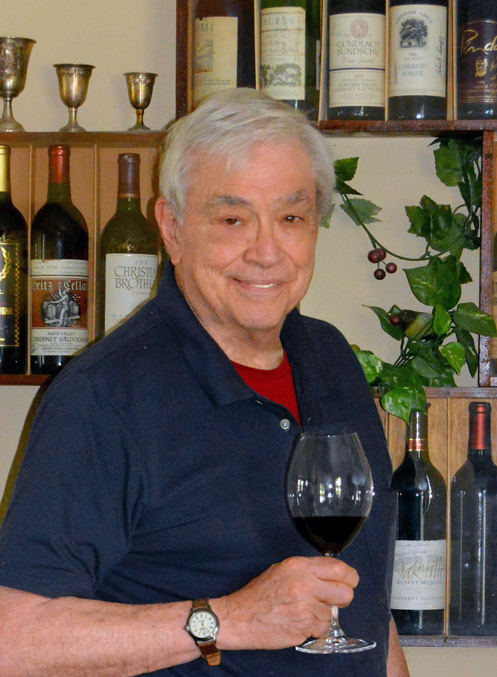Location, location, location: it means a great deal in business but it means everything to grapes and therefore to the wine made from them. Most of us have seen the legend on a label saying California, Napa, North Coast etc but what does all that actually to do with the wine. Only everything.
The French have such a complicated system for their appellations, another name for grape growing regions, that if you Google French Appellations, it will take a long time to read and even longer to digest.
In the good ole U S of A the system is far less complicated but they are there just the same and strictly, governmentally enforced. The law states that if 85% of the grapes came from a specific grape growing area that has been designated by The Bureau of Alcohol, Tobacco, Firearms and Explosives (BATF) that name can be used on the bottle. The California version of that law however has raised this 100%.
The same hold true for county designations. The BATF says is 75% of the grapes must come from a specific area, but California has raised this to 85%. The grape variety and vintage year are also regulated by the wine labeling laws which require that there must be at least 75% for the grape variety and 95% for the vintage year of the specified grape variety, for either to appear on the wine label.
But why all this bru-ha-ha over what’s on the label and why all of this government involvement; who cares? You should care and the government is there to see that you get exactly what you pay for. Scammers, scoundrels, scallywags and cheats; the wine industry, like almost every facet of modern business, also has people looking to make a “fast buck” by whatever means possible. Fortunately for us, the consumer, there are quality control agencies set up in every wine producing country to protect the public from these cheats, however, no matter how much we watch, there will always be someone who will try to beat the system.
Fraud need not be perpetrated by criminals and scam artists; many times it happens right at the vineyard, winery or distributor. In France, it is common practice for smaller wineries to sell their wine to a negociant, a middle man, who will bottle, label and distribute wines. It can also prove to be the perfect venue for a bit of inappropriate shenanigans. Among the most famous wine fraud case was that of the highly regarded wine negociant Henri Cruse, who was caught blending of cheap Algerian and Spanish wine with a bit of lesser Bordeaux wine and labeling it as an authentic and considerably more expensive chateau
wine. The fraud was discovered, the wines confiscated and destroyed and the company slapped with a huge fine.
Even Georges Duboeuf, the “king of Beaujolais,” was not beyond temptation. He was caught blending grapes from classified Beaujolais vineyards with grapes from the less significant and definitely cheaper Beaujolais-Villages district vineyards and then labeling them as the “real thing.”
If you believe that currency, art and antiquities fraud is rife, it is nothing compared to the counterfeiting of wine. All that is necessary is a copy of a rare label, a copying machine, a bottle of wine and some poor, unsuspecting soul is going to get ripped off. There was a case where a local wine merchant bought empty bottles of famous wines, refilling them with cheap wine and selling the counterfeit to unsuspecting collectors at phenomenal prices. A 1939 counterfeit Burgundy was sold by an unscrupulous wine dealer to a gullible customer for $3,000. Today, that is exactly what is happening in the emerging wine drinking countries of the orient.
It is our opinion that if you are a collector or interested in great wines, the ancient Roman admonition of Caveat Emptor, let the buyer beware, be instituted, because if you don’t Caveat, the Emptor is going to get swindled.
 High Vacuum Engineer: Senior Technical Adviser and Feature Writer for Modern Photography Magazine (1967-1973), co-founder of Together Vineyards, an experimental vineyard in South Florida which was the southern most registered vineyard in the Continental United States. Co-Author of several books on Home Wine Making, Home Beer Making and Distillation of Spirits. Co-owner of Camera & Video Repair Institute in Sunrise Florida.
High Vacuum Engineer: Senior Technical Adviser and Feature Writer for Modern Photography Magazine (1967-1973), co-founder of Together Vineyards, an experimental vineyard in South Florida which was the southern most registered vineyard in the Continental United States. Co-Author of several books on Home Wine Making, Home Beer Making and Distillation of Spirits. Co-owner of Camera & Video Repair Institute in Sunrise Florida.